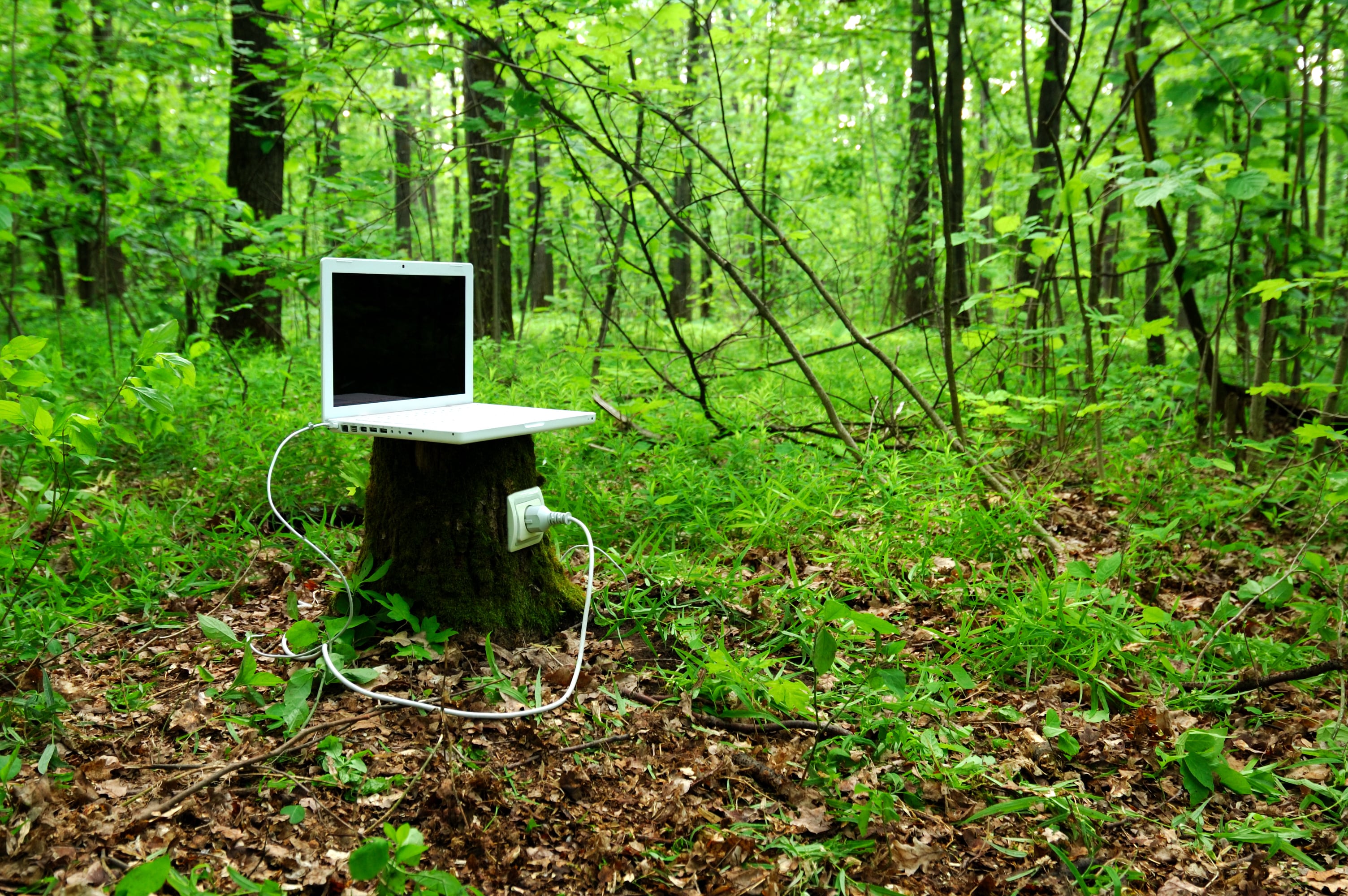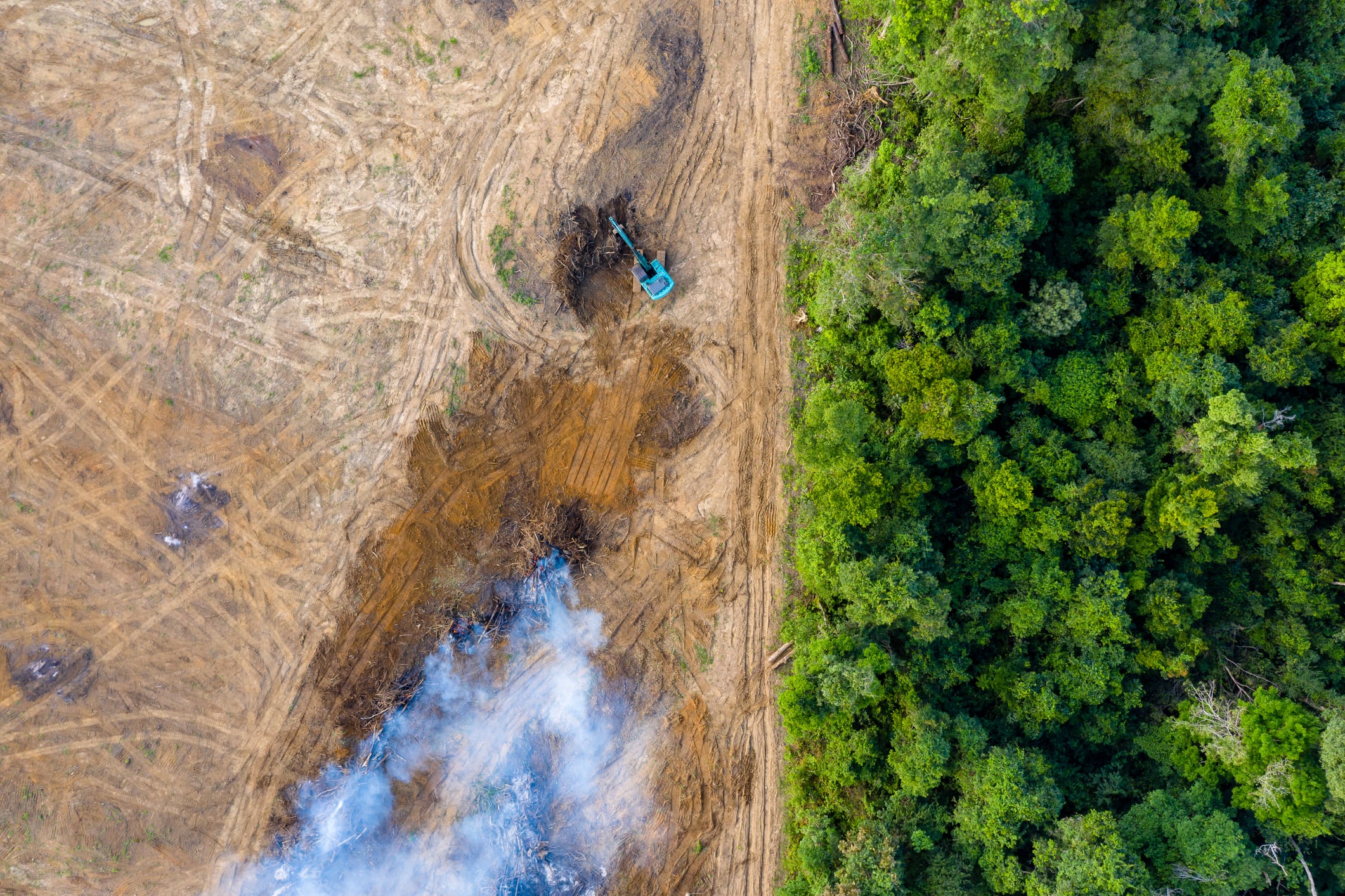Why is the EUDR IT system causing another delay – summary
- European Commission proposes one-year delay due to IT system issues
- Traces NT platform used for submitting EUDR due diligence statements
- System allows geolocation input via coordinates, maps or bulk upload
- Concerns raised about system capacity and risk of performance failures
- Tech experts say data load is minimal and platform appears stable
It is looking like the European Union Deforestation Regulation (EUDR) may be delayed once more.
The European Commission recently suggested another year-long delay, this time due to problems with the IT system; the system used by those submitting due diligence reports to comply with the regulation. While Parliament has since pushed back, the situation is still uncertain.
But what exactly is the EUDR’s IT system? How does it work?
What is EUDR due diligence?
The EUDR is the EU's anti-deforestation regulation. To comply with the regulation, anyone importing one of the seven relevant commodities – soy, palm oil, cocoa, coffee, wood, cattle or rubber – must be able to trace it back to its origin and ensure it isn't linked to deforestation before the cut-off date of December 31 2020.
To comply with the regulation, companies must complete a due diligence report, demonstrating this to the EU. The information system is where this due diligence report is submitted.
The EUDR information system
In December 2024, the EU launched an information system for the EUDR.
The EUDR Information System, Traces New Technology (Traces NT), is the software through which operators and traders can record their compliance with the regulation.
Traces is not a new platform, explains Andreas Naujoks, senior product marketing manager from satellite data company Live EO, but has been repurposed for due diligence statement submission. Traces NT functions as the EUDR information system, he explains.
While the regulation itself has not yet come into force, the information system is already live. According to the Commission, several stakeholders are already using it successfully.
The primary purpose of the system is for companies to create the due diligence reports that they must complete in order to comply with the regulation.
Any operator or trader can use the publicly available version of the information system. Using the system, they can fill out a due diligence statement.
These statements must include operator information, source commodity names, and geolocation data.
Through the system, operators and traders can indicate the origin of relevant commodities by using coordinates individually or in bulk, or even drawing their location straight onto a map.
Companies working with products sourced from multiple locations can re-upload, copy or reuse location information.
Large operators dealing with due diligence statements in bulk will be able to using a machine-to-machine connection via an Application Programming Interface (API), a direct communication between devices.
Following submission, regulatory authorities will use the system to review due diligence statements.
Why it has been linked to the delay
Last month, a letter from European Commissioner Jessika Roswall suggested that the information system (which she referred to as the ‘IT System’) could not currently cope with the high levels of demand from traders and operators.
New projections on the number of operations and interactions on the system have caused the Commission to reassess its capability to cope with demand, she suggested. Obligations placed on downstream operators would make the situation worse.
These factors have the potential to lead to the system slowing down to “unacceptable levels” or even repeated disruptions which could impact compliance.
Some in the tech sector have refuted these claims, however. For example, Clément Collignon, CEO of compliance firm Sustaain, has stated that the amount of data required by the EU’s system is “tiny by modern cloud standards”.
“Our engineering team say the testing environment that is currently available to us and others appears stable and there are no problems that cannot be easily mitigated on the client software,” adds Live EO’s Naujoks.
“One would assume that the production platform is more stable than the testing environment."
With this in mind, will the delay actually go ahead? Only time will tell.



